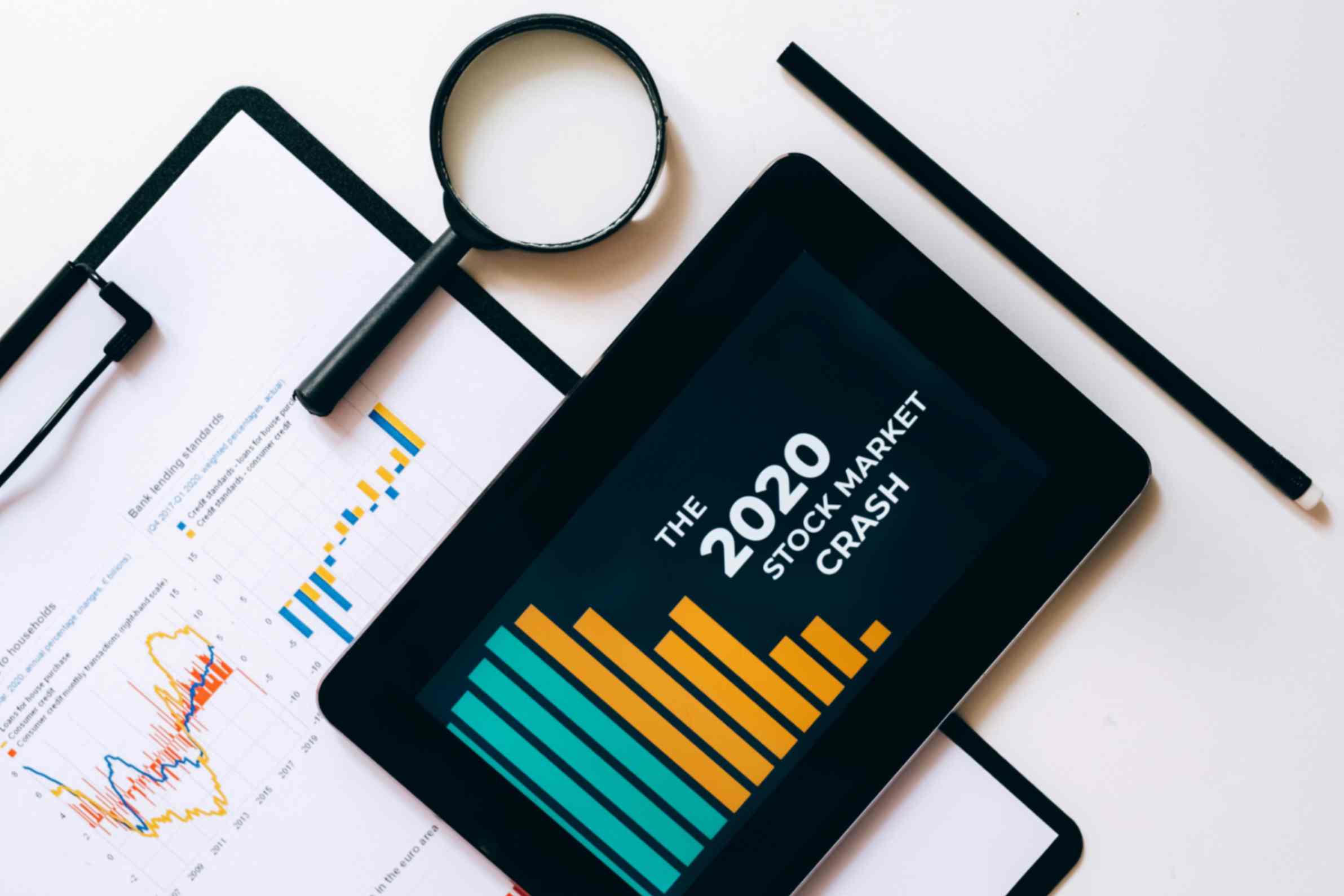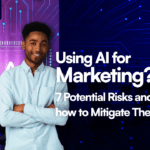Why Keeping Up with Digital Marketing Trends Matters:
Staying updated with digital marketing trends is crucial to stay competitive. Trends like AI personalization, voice search, and social commerce are changing how businesses connect with customers. Adapting to these trends helps businesses stay effective and relevant, boosting engagement and ROI.
How Trends Shape Your Marketing Strategy:
Digital trends impact strategy by influencing how people shop and how competitors market. For example, video and interactive ads are reshaping storytelling and engagement strategies. Understanding and using these trends can increase sales, improve brand perception, and build customer loyalty.
Digital Marketing in 2024:
In 2024, digital marketing is advancing with AI, data analytics, and privacy rules. Expectations include ethical data use, AI-driven personalization, and virtual reality for customer experiences. Brands are also focusing on sustainability and transparency, which affects how they connect with consumers. Adapting to these changes helps businesses succeed in a fast-changing digital world.
AI and Machine Learning in Marketing:-
Each topic related to how AI is transforming marketing strategies:
- Personalization: AI uses data to understand what customers like and how they behave. It helps marketers create personalized experiences and recommendations that keep customers engaged and loyal.
- Automation: AI handles repetitive tasks like sending emails or posting on social media. This frees up marketers to focus on strategy and creativity, ensuring marketing efforts are efficient and consistent.
- Predictive Analytics: AI predicts future trends and customer behavior by analyzing past data. This helps marketers make smarter decisions about pricing, promotions, and campaign strategies.
- Chatbots: AI-powered chatbots provide instant responses to customer inquiries, improving customer service and satisfaction. They can handle routine questions and personalize interactions based on customer history.
- Content Creation: AI tools generate and optimize content like blog posts and videos by analyzing what audiences like and what works for SEO. This helps brands create relevant and engaging content that reaches more people.
- Customer Segmentation: AI categorizes customers based on their behaviour and demographics, allowing marketers to target specific groups with tailored messages. This improves the effectiveness of marketing campaigns and boosts return on investment (ROI).
Video Marketing Dominance:-
- The Rise of Short-Form Video Content: Platforms like TikTok, Instagram Reels, and YouTube Shorts have revolutionized content consumption with bite-sized videos. Their popularity stems from quick engagement, ease of consumption, and algorithm-driven visibility, catering to short attention spans and mobile-centric users.
- Strategies for Effective Video Marketing: Effective video marketing involves strategic planning, compelling storytelling, and audience engagement. Key strategies include leveraging user-generated content for authenticity, utilizing live streaming for real-time interaction, and optimizing platform algorithms to maximize reach and engagement.
- Storytelling in Video Content: Storytelling is crucial in video content to captivate audiences emotionally and narratively. It involves crafting compelling narratives, character-driven plots, and cohesive themes that resonate with viewers, creating memorable and shareable experiences.
Voice Search Optimization:-
- Growing Importance of Voice Search: Voice search is increasingly popular due to its convenience, impacting SEO strategies. Businesses must adapt to ensure their content aligns with how users verbally query information.
- How Voice Search is Changing SEO: SEO is evolving with voice search by focusing on long-tail keywords and natural language queries. Content needs to be structured to answer specific questions users ask aloud.
- Optimizing Content for Voice Search: Content optimization now includes conversational keywords and structured data to enhance visibility in voice search results. It emphasizes context and user intent over traditional keyword stuffing.
- Natural Language Processing and Conversational Keywords: Integrating natural language processing allows search engines to understand context, leading to optimized use of conversational keywords that mimic how people speak.
Influencer Marketing Evolution:-
Micro-Influencers and Nano-Influencers: These influencers have smaller but more engaged audiences compared to big celebrities. Brands like them because they can connect authentically with specific groups of people, building trust and loyalty.
The Shift towards Smaller Audiences: Brands are choosing micro and nano influencers because they create stronger relationships with their followers. This leads to better sales and real support for brands.
Authentic Partnerships: Long-term relationships with influencers are more valuable than one-time deals. When influencers and brands share the same values, their partnerships feel genuine to customers.
Building Stronger Connections: Successful influencer marketing is about more than just selling products. It’s about building trust and understanding between brands and influencers, which leads to better connections with customers.
Content Marketing 3.0
The Rise of Interactive and Immersive Content:
Interactive and immersive content like quizzes, polls, and AR experiences make online experiences more engaging. These tools personalize content and create virtual worlds that keep people interested for longer.
Leveraging User-Generated Content (UGC):
User-generated content, such as reviews and photos from customers, is crucial for building trust. It shows real people using and enjoying products, which convinces others to buy them too. Brands use UGC to reach more people and build a community of loyal customers.
Encouraging and Utilizing UGC for Authentic Engagement:
Brands create trust and connection by encouraging customers to share their stories and experiences. This makes brands feel more real and relatable. When brands use UGC well, they build strong relationships with customers who become their biggest fans.
Advanced Analytics and Insights:-
Leveraging Big Data for Marketing Insights:
Businesses use big data to understand customer behaviour and preferences from sources like social media, websites, and sales data. This helps create targeted marketing campaigns and personalized customer experiences, boosting satisfaction and loyalty.
Predictive Analytics and Real-time Data Analysis:
Predictive analytics uses historical data and machine learning to predict future trends. By analyzing real-time data alongside past patterns, businesses can make proactive decisions, anticipate market changes, and improve planning and efficiency.
Tools and Technologies for Better Decision Making:
Various tools like Tableau and CRM systems such as Salesforce help integrate and analyze data for actionable insights. Cloud-based platforms like Google Cloud and AWS offer scalable solutions for storing, processing, and analyzing data, supporting informed decision-making across organizations.
Advanced Analytics Platforms and AI-driven Insights:
Advanced analytics platforms use AI to uncover hidden patterns in data, automate processes, and generate predictive models. This helps businesses personalize customer interactions, optimize marketing efforts, and increase revenue through targeted strategies.
In essence, these tools and techniques empower businesses to understand their customers better, make smarter decisions, and stay competitive in today’s market.





